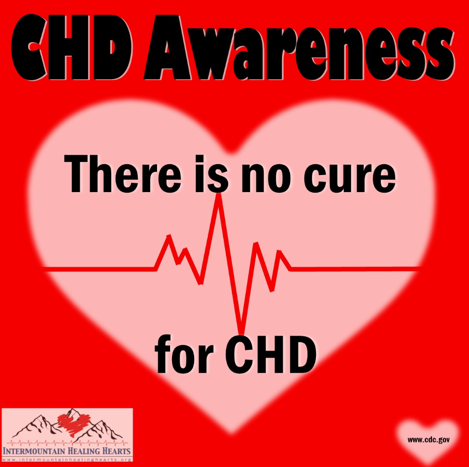A new study has determined that families living near oil and gas fields have a 40 to 70% higher probability of having their children develop congenital heart defects (CHDs) compared to those living at greater distances, reported CU Anschutz Today.
“We observed more children were being born with a congenital heart defect in areas with the highest intensity of oil and gas well activity,” said the study’s lead author Lisa McKenzie, Ph.D., MPH, of the Colorado School of Public Health at the University of Colorado Anschutz Medical Campus.
More than 17 million Americans and 6% of Colorado’s total population live within one mile of an active drilling rig.
The study was published last Thursday in the peer-reviewed journal Environment International, studied 3,324 infants born in Colorado between 2005 to 2011. Researchers studied infants with several types of CHDs.
CHD is one of the most common birth defects in the country and a leading cause of death among infants. Infants with CHD have low rates of survival due to severe developmental problems and are more vulnerable to brain injury.
McKenzie’s study comes after a paper that analyzed 124,842 births in rural Colorado between 1996 to 2009 and discovered that CHDs occured near oil and gas drilling facilities.
Another study in Oklahoma studied 476,000 births, found several variants of CHDs near oil wells.
Anschutz Today noted that the studies had several issues, including not being able to identify correctly if an oil and gas facility was in the development or production phase, and researchers didn’t confirm specific CHDs by reviewing all medical records.
“We observed positive associations between odds of a birth with a CHD and maternal exposure to oil and gas activities…in the second gestational month,” the study researchers said.
The new study discovered that rural areas with high active oil and gas activity are the epicenter of CHDs rather than in urban areas.
What’s not entirely understood by researchers are how toxic chemicals lead to CHDs.
McKenzie said the study doesn’t exactly prove a causal relationship between the various stages of an oil and gas drilling rig and that another study will be completed soon.
“This study provides further evidence of a positive association between maternal proximity to oil and gas well site activities and several types of CHDs,” she said. “Taken together, our results and expanding the development of oil and gas well sites underscore the importance of continuing to conduct comprehensive and rigorous research on health consequences of early life exposure to oil and gas activities.”
The Colorado Oil and Gas Association criticized the lastest study in a statement:
“This study is not new. It’s a reexamination of her 2014 report using the same old data from 2005 to 2011—data that has no relevance to current regulations or to the common practices used by today’s operators,” a spokesperson for the Association said. “Interestingly, this study says particulate matter from oil and gas operations could lead to these health effects, but that contradicts the conclusions of another McKenzie study published just last month that found particulate matter levels near Colorado oil and gas operations were three times lower than EPA national air standards. Bottom line, the data is old and no air samples were taken.”
“However, air samples that have been taken by Colorado’s health department, for many years now, are conclusive,” the statement read. “After thousands of thousands of air samples, many of which have been collected near oil and gas operations, not one exceeds state or federal protective health guidelines. Dr. McKenzie’s studies have been called ‘misleading’ in the past, and this seems to be par for the course.”
It remains to be seen if the oil and gas industry is poisoning the unborn whose families live within a mile of oil and gas drilling facilities.
via ZeroHedge News https://ift.tt/30YeyEl Tyler Durden

